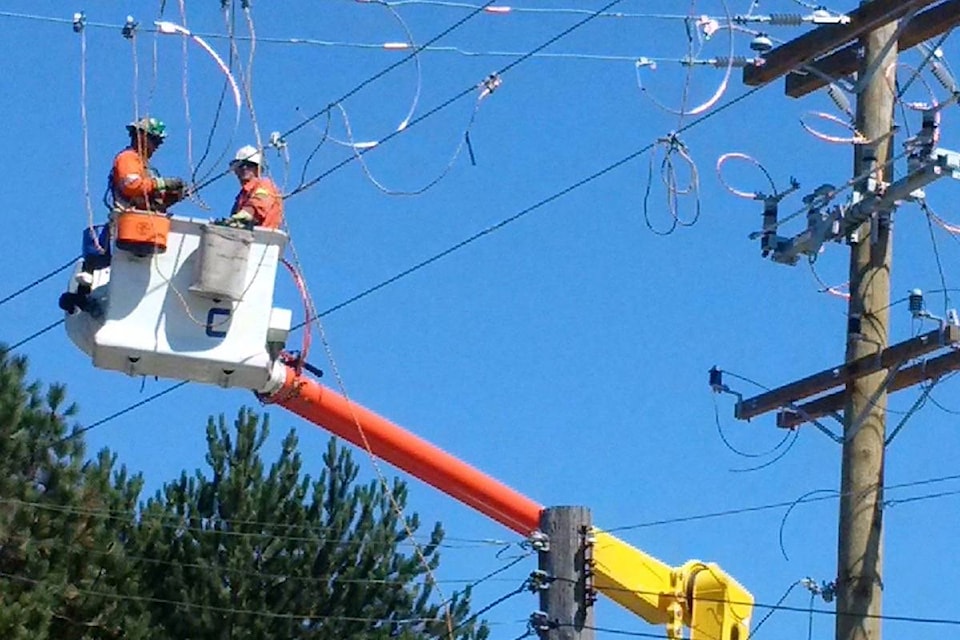Jim Hilton
Observer Contributor
I think it is important to compare and contrast the various Independent Power Producers (IPPs) to see how each type contributes to the efficient distribution of electric power in the province. As of October 1, 2018, BC Hydro had 124 Electricity Purchase Agreements (EPAs) with IPPs. A bar chart found in the BC Hydro site on IPPs shows an increase from 6 thousand gwh in 2005 to o 14 thousand in 2018. The output is produced in 6 categories starting with the largest as non storage hydro, followed by storage hydro, biomass, wind, aggregated and lastly biogas. For a number of reasons described below, I think biomass plants deserve one of the highest rates. One category missing is solar which is just getting established in a meaningful way through solar farms. The projects in the 6 categories represent up to 21,429 gigawatt hours of annual supply and 5,280 megawatts of capacity.
In a recent report commissioned by the resources minister Michelle Mungall it was revealed that government pressure forced BC Hydro to purchase power from 71 run-of-river projects, most of which can only be relied on during the spring. The report says the contracts will cost the average residential BC Hydro customer about $4,000 over the next 20 years, or about $200 per year. The report makes a number of recommendations, including ensuring prices reflect real market value, restoring the oversight of the BC Utilities Commission, and improving transparency on the cost of energy procurement.
For the Quesnel and Williams Lake area the most significant projects are the Cariboo Pulp and Paper and Atlantic Power biomass plants. Quesnels plant built in 2010 is classified as a Integrated Power offer with a capacity of 61.3 mw while the NWE Atlantic Power biomass plant has a capacity of 68 mw. Smaller projects include the non storage hydro facility at Moorhead Creek which is classified at less than 5 mw as well as the gas fired erg at 150 mile. In addition there are a number of diesel plants as well as the non storage hydro facility in Bella Coola.
For the Williams Lake area the most pressing need is the renewal of the hydro agreement with Atlantic Power for its ongoing operations. While it may be tough negotiating since the publishing of the above mentioned report, I think a case can be made for biomass plants getting special consideration since they produce more consistent power compared to river run, wind or solar power.
In addition while the production costs may be higher they produce more long-term jobs per kwh through the proper use of mill and forest residual material. Another factor is the strategic location of many biomass plants which could supply power if there is a interruption of power on the main grid lines.
Since the Quesnel plant is relatively new, I trust there are still a number of years on it’s contract with BC Hydro.
